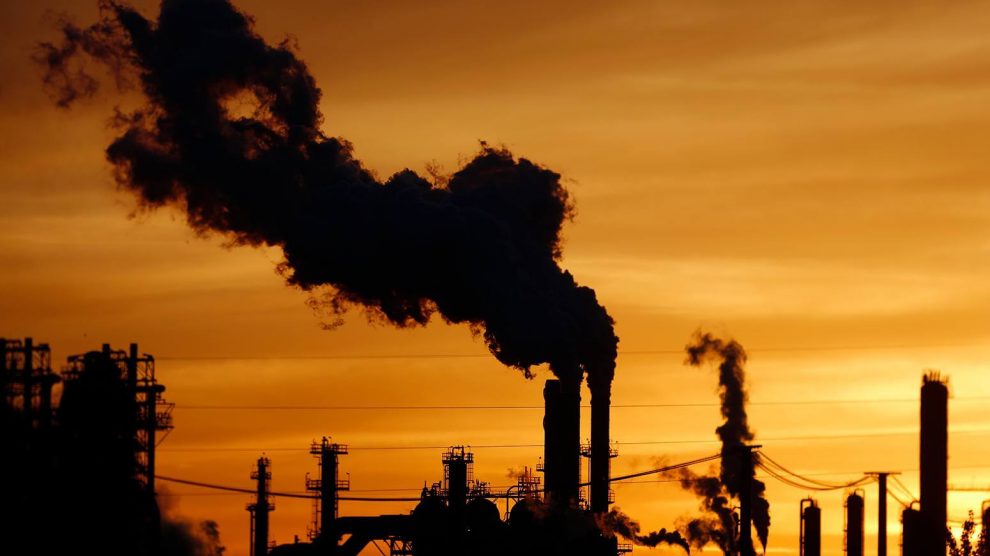Blog
Atmospheric Carbon Dioxide Levels Reach Record Levels

Despite the decrease in emissions during the pandemic, carbon dioxide concentrations are 50% above pre-industrial levels.
Scientists said that atmospheric carbon dioxide concentrations reached record levels despite the drop in emissions during the COVID outbreak.
Recent measurements from the long-running recording station at the Mauna Loa Observatory, Hawaii, show that global carbon dioxide levels are 50% higher than the period before the Industrial Revolution.
Data released by the Scripps Institute of Oceanology, University of California San Diego show that atmospheric concentrations of greenhouse gas averaged 417.14 parts per million (ppm) in March, a new record.
The UK-based Met Office estimates that rising temperatures and monthly carbon dioxide concentrations, the main driver of the climate crisis, will peak at about 419.5 ppm in 2021.
The previous record for monthly carbon dioxide concentrations in Mauna Loa in the Scripps dataset was 417.10 ppm in May 2020.
Last year’s average annual figure was 413.94 ppm. The 2021 average level is estimated to be around 416.3 ppm.
The carbon dioxide levels in the atmosphere fluctuate slightly throughout the year; it falls before it rises again in autumn and winter, as part of it is absorbed by plants growing in the northern hemisphere in spring and summer.
But the Met Office explained that the long-term trend in increasing carbon dioxide concentrations is mainly due to the burning of fossil fuels as well as human activities caused by deforestation.
Global emissions were temporarily reduced in 2020 as a result of the decline in transportation and slowing of economic activity when the coronavirus outbreak began. However, the emission reduction in 2020 did not significantly affect the carbon dioxide formation that continues to rise in the atmosphere.
The Met Office warned that much larger, longer-term reductions in emissions would be required to slow or stop the rise.
The projections of the Intergovernmental Panel on Climate Change (IPCC) warn against stopping global warming at 1.5 degrees. Global emissions will also need to be reset around 2050 or earlier.
Reaching net zero involves getting emissions as close to zero as possible and taking steps like planting trees to absorb residual pollution.
Commenting on the latest data, Prof. The new record level is undoubtedly expected, Martin Siegert said.
“Emissions may have been reduced, but we still emit a lot of carbon dioxide and so atmospheric concentration is doomed to increase. The road to net zero is challenging but necessary and we must start the transition urgently ”.
Prof. “It’s easy to forget how quickly fossil fuel emissions are affecting our planet,” says Simon Lewis. It took more than 200 years to increase the amount of carbon dioxide in the atmosphere by 25%, and only 30 years to rise above pre-industrial levels by 50%. “This dramatic change is like a human meteorite hitting Earth,” he said.
